Generality
Peaches are the fruits of the peach tree (Prunus persica L. Batsch.), An arboreal plant closely related to other fruit trees present in Italy, such as those that produce: plums, apricots, cherries, black cherries, almonds, etc.

From the botanical point of view, peaches are "real fruits" that belong to the "simple" group; in particular, these are fleshy fruits morphologically organized as drupes. Peaches are wrapped in an exocarp (peel) which can be smooth or with fluff, red or tinged with yellow or white, or totally yellow. The intermediate portion (mesocarp) is fleshy, white, yellow or red, and has a different consistency according to the variety (NB. Exocarp and mesocarp are the two edible portions of the fruit). The "heart" (which we all call the seed) is called the endocarp; it has a woody consistency, an irregular surface and contains a single seed (true fruit).

Nutritional Characteristics
Peaches are foods that belong to the VI food group. They are sweet and typically provide a moderate amount of energy. Calories are essentially supplied by fructose, while proteins and lipids are almost marginal.
Peaches do not negatively affect cholesterol, as they are free of cholesterol and significant amounts of saturated fat. However, it is a food potentially subject to abuse in the summer season, as it is sweet and thirst-quenching because it is rich in liquids. However, a medium-sized peach weighs about 150-200g and consuming them freely can have undesirable repercussions on blood sugar, triglyceridemia and body weight.
Peaches contain a good dose of fiber, as long as they are eaten with the peel; in the absence of the latter, the quantity is halved.
The vitamin portion of peaches is discrete and mainly affects provitamins A or equivalent retinol. At the same time, the saline profile benefits from an "excellent concentration of potassium.
Nutritional tables
Composition for: 100g of Peaches - Reference values of the INRAN Food Composition Tables

Varieties of Peaches and Hints of Use
The criteria that differentiate the various types of peaches are: skin color, presence or absence of external hair, color and consistency of the paste and its adherence to the stone. The best known are: Yellow peach (yellow color, with fluff and free stone), white peach (white flesh, without hair, with stone attached), nectarine or nectarine (yellow or white flesh, smooth and red skin, free stone or attached), percoco (peach used for industrial processing into juices, jams, fruit in syrup, etc.), merendella (smooth and white skin, stone attached), saturnine peach (typically flattened shape), montagnola peach (white pulp and skin provided with fluff).
Obviously, not all peaches are equally suitable for the same processes. Each peach can be eaten raw, but some are more suitable for processing such as: jam, dehydrated fruit, fruit in syrup, fruit juices and as an ingredient in other preparations such as yogurt.
Peaches in Syrup - Recipe to Prepare Them Safely
Problems with playing the video? Reload the video from youtube.
- Go to the Video Page
- Go to the Video Recipes Section
- Watch the video on youtube
Peach tree
The peach tree is of Chinese origin. From the land of origin it was imported to Persia and, through trade routes, to Europe. From here, the colonial ramifications of the Roman Empire allowed it to spread throughout the Mediterranean.
The peach tree is of medium size; it reaches 8 meters in height and shows a rather superficial root system. The bark is brown-ashy; the branches are sparse, wide apart, red-brown. The leaves of the peach tree are lanceolate, narrow and with serrated edge.The flowers bloom before the leaves and are hermaphroditic, light or dark pink, with five petals and numerous stamens.
Other Foods - Fruits Apricots Sour cherries Cashews Pineapple Watermelon Orange Avocado Banana Persimmon Persimmons Apple Chestnuts Cedar Cherries Coconut Watermelon Dates Feijoa Fig of India Figs Strawberries Berries Passion fruit (Maracujà, Granadilla) Jujube Kiwi Raspberries Coconut milk Lemons Almond milk Mango Apples Quinces Pomegranate Melon Blackberries Mustard Medlar Olives Taggiasca Olives Fermented Papaya Pears Peaches Plantains (Cooking Bananas) Pomelo Grapefruit Pink Grapefruit Plums, prunes Fruit juices and fruit juices Grape juice Plums Grapes Sultanas and Raisins OTHER ITEMS FRUIT Categories Food Alcoholics Meat Cereals and derivatives Sweeteners Sweets Offal Fruit Dried fruit Milk and derivatives Legumes Oils and fats Fish and fishery products Salami Spices Vegetables Health recipes Appetizers Bread, Pizza and Brioche First courses Second courses Vegetables and Salads Sweets and Desserts Ice cream and sorbets Syrups, liqueurs and grappas Prepare Basic tions ---- In the kitchen with leftovers Carnival recipes Christmas recipes Light diet recipes Women's, mom's and dad's day recipes Functional recipes International recipes Easter recipes Gluten-free recipes Diabetic recipes Holiday recipes Valentine's Day recipes Vegetarians Protein recipes Regional recipes Vegan recipes

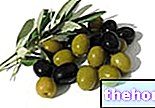
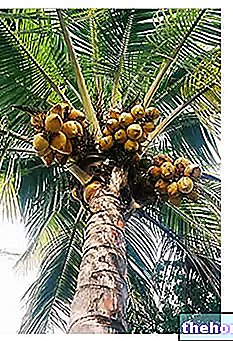
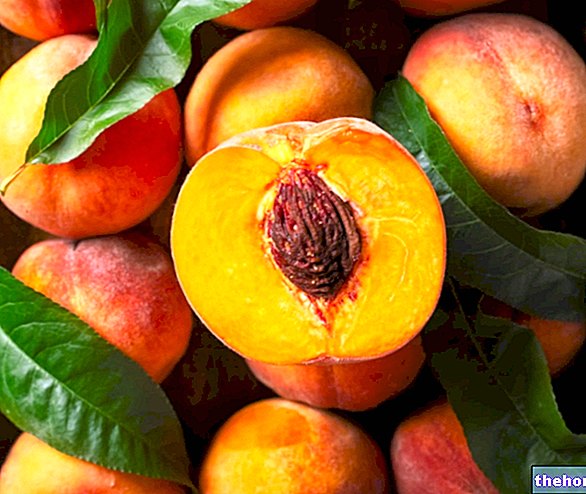
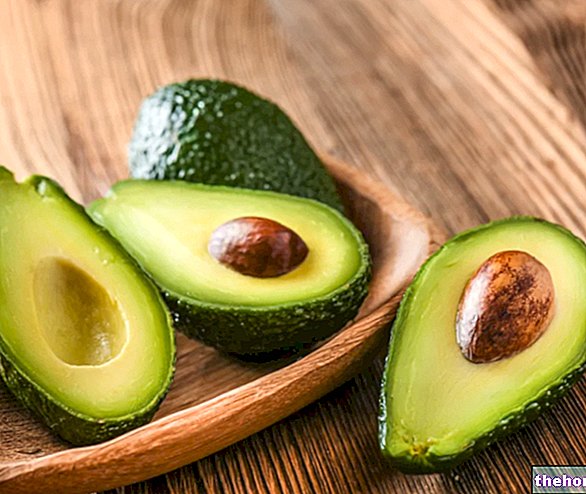
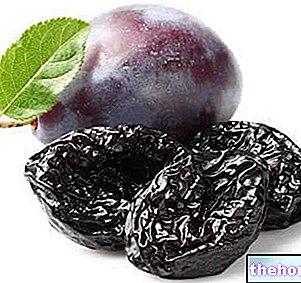













-nelle-carni-di-maiale.jpg)








